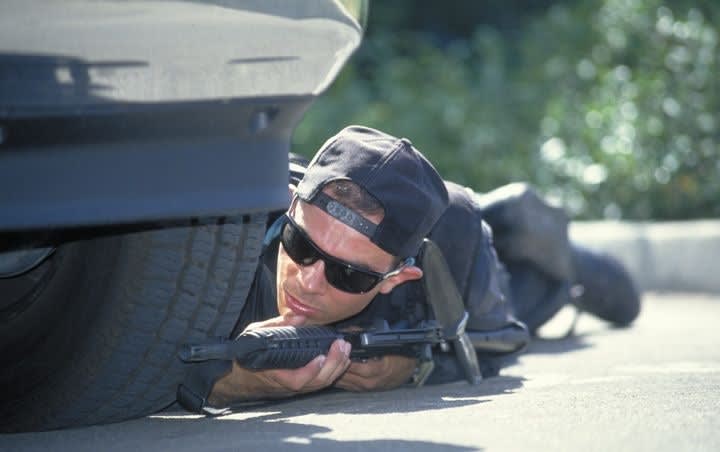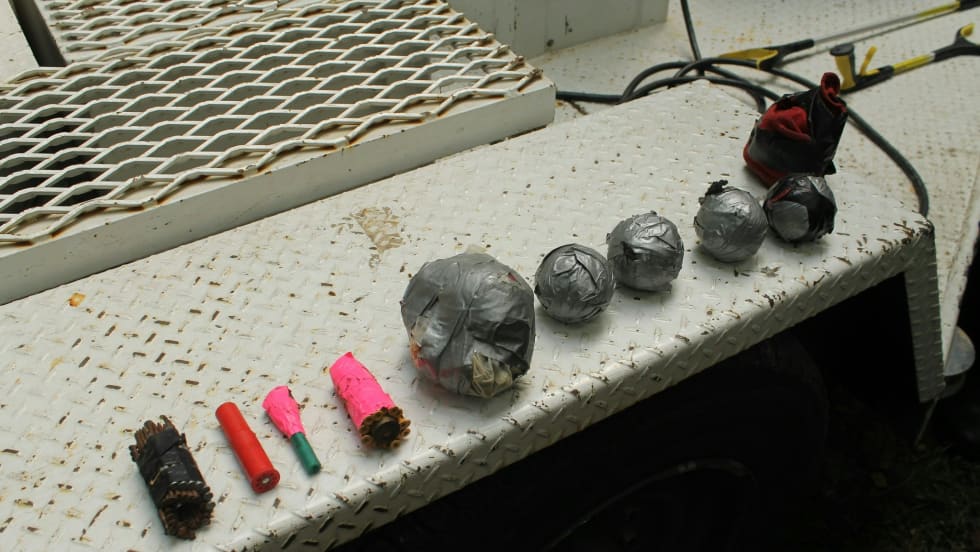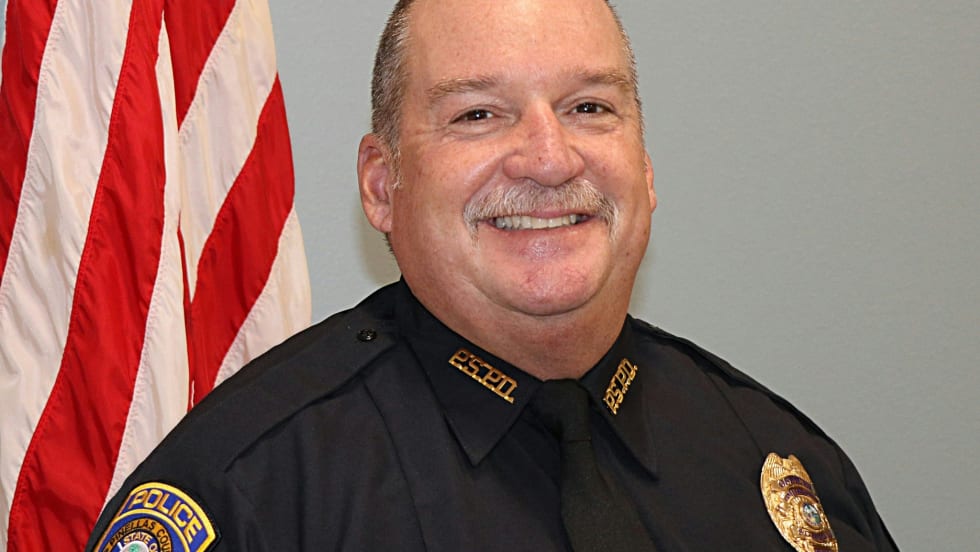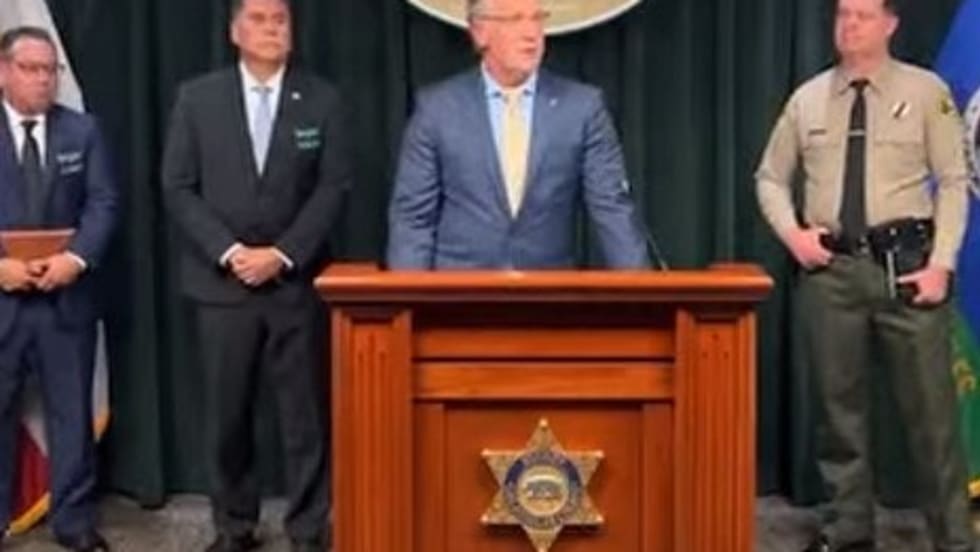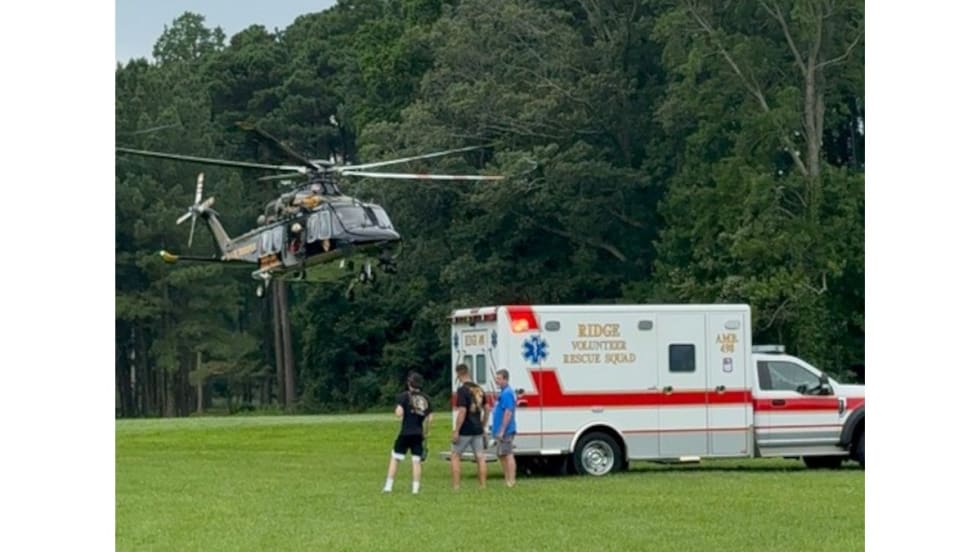In that incident, sheriff's deputies went to the apartment of a local man on a "check the welfare" call. He opened fire on them through the door, then barricaded himself in his home.
Arriving on the scene, Cameron learned the subject was ex-Navy, and he had, according to his neighbors and the maintenance staff of the building, an "arsenal." Cameron then surveyed the scene, and he realized things could be very bad. The subject's apartment was an end unit, and while it was on the ground floor, it offered clear fields of fire into the police perimeter and to the road beyond. Worse, the subject had covered his windows with black garbage bags, blocking any outside surveillance. Cross-shaped fighting slits were cut in the bags.
The incident ended without a gunfight. The subject killed himself. And what the team found inside that apartment made them thankful that they hadn't been forced to engage the gunman.
"One of my SWAT guys got physically ill when he saw all the weapons the guy had and how he had fortified that apartment. He was loaded for bear. He had rifles and shotguns in significant, and I mean significant, numbers. We found a Benelli M4 Super 90 loaded with slugs, .223 rifles, .308 rifles, an M1 Garand with a scope, and he had plenty of armor-piercing ammo. Near every window there were loaded mags and speed loaders, including hundreds of mags of loaded .223 ready to go."
What the gunman's intent was for all his firepower is still unclear, but the St. Mary's SWAT team found a chilling clue on the front door. "There was a little yellow sticky note on the door that read, 'Kill A/C.' I don't know what that meant. It could have been a reminder to turn off the air conditioning or a declaration that he wanted to 'kill all cops.' I don't know."



